Choosing the right cladding for your home is a decision that impacts both aesthetics and…

Window Infills: What To Do And Covering Options
Window infills can play a key role in the insulation and appearance of your home. Different materials and infill options will have different advantages, but one of the best options is to install UPVC (Unplasticized Polyvinyl Chloride) window infill panels.
ProSide Select specialises in vinyl (PVC) cladding, which is placed over the infill for effective insulation, and an aesthetically pleasing appearance.
If you want to jump straight in and install vinyl window infill panels, and you’re based in the Victoria or Melbourne area, feel free to contact us for a quote or if you have any queries.
But if you’re unsure about window infills and want to find out what they actually are and what you should do about them as well as how you should cover them, here’s everything you need to know.
What Are Window Infills?
Often when homes are built or a building is renovated, there will be a gap in the structural frame between the top of the window and the bottom of the roof. And these gaps need filling.
A lot of traditional brick homes will have brick infill over windows and doors. This brick won’t serve a structural purpose. Instead it just closes the gap, sealing the home and protecting the inside from the outside environment.
However, in Victoria and Melbourne, most homes don’t have brick infill above windows. They use other materials for their infill cladding.
Regardless of what material is used for infill panel walls, infill cladding has one main purpose: to provide an effective barrier between building interiors and outside weather and temperatures.
There are several different alternatives to brick infill, including timber weatherboards and cement sheets. But these materials don’t insulate particularly well, and they can be a bit of an eyesore. They also tend to wear away and can rot or buckle over time.
So when looking to improve the appearance of window infills and ensure buildings are insulated and protected from weather, people often turn to UPVC window infill panels.
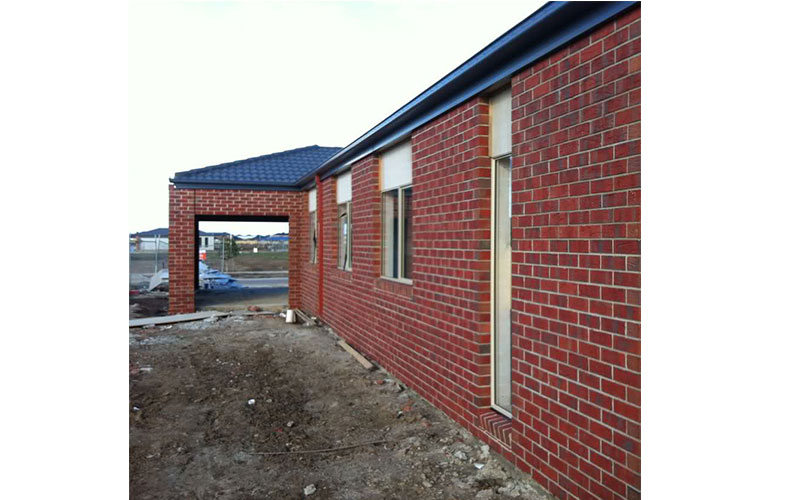
Window Infill Options
Whilst we always recommend vinyl cladding for window infills, there are several different options available. It’s worth weighing up the advantages and disadvantages of each option, so you can make the right choice for your home.
Here are the different materials you can use for window infill cladding, so you can get some window infill ideas, and choose the material that’s right for your home or building.
Brick Infill
Brick infill is the traditional infill choice. For brick homes, it maintains the appearance of the home, and so aesthetically, it’s the best choice for traditional homes.
Much like with brick walls, brick infills can be built in a solid or cavity form (single or double layer). You can also use either clay or concrete bricks. So there’s flexibility when it comes to appearance and insulation.
However, it’s not really suitable for non-brick buildings, as it can look out of place. Retro fitting Brick infill is also fairly costly, as a steel lintel needs to be added to support the bricks. This can often take more time, and cost more than it’s worth.
Also once a brick infill has been fitted, it’s not particularly effective when it comes to insulation. Even with double-layer cavity brick infills, you might notice draughts, or a loss of heat. This can lead to higher energy bills, adding to the cost of choosing brick.
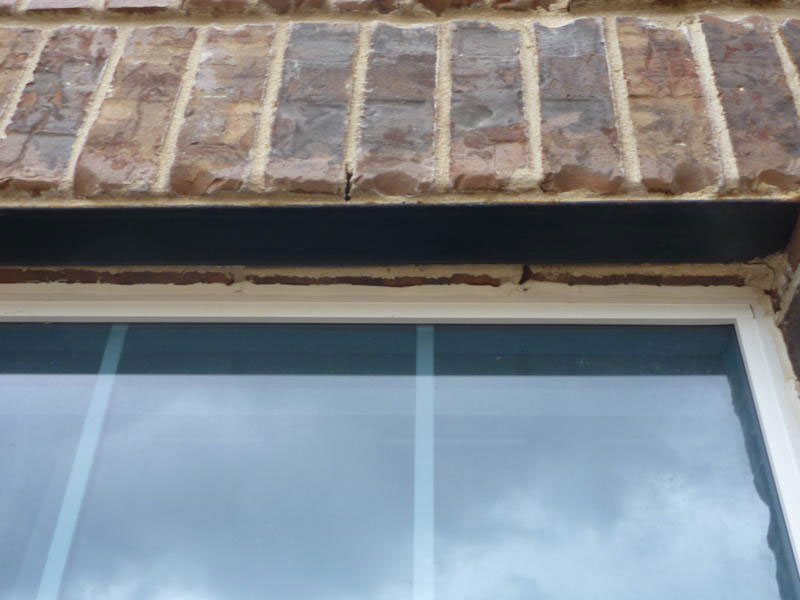
Cement Sheets
Fibro Cement Sheets (also known as Cement sheets or simply FC Sheets) are a popular infill option for those with stone homes. There are a couple of different installation options with cement sheets, you can install them as top-hung panels, or place them so that they’re bottom-supported.
However, there are a few problems with cement sheets. Firstly, it’s not the worst insulator, but it’s also not the best.Most cement sheet that’s used as brick infill is often around three to four mm in thickness and overtime it has a tendency to buckle and warp. Warped cement sheet will result in a lot of draft coming into the house and can also result in unwanted guests, like spiders, bugs and mice.
Then there’s also the aesthetic nature of cement to consider. Cement sheet above windows can look industrial and bland. There’s just not much room for creativity with cement sheets.
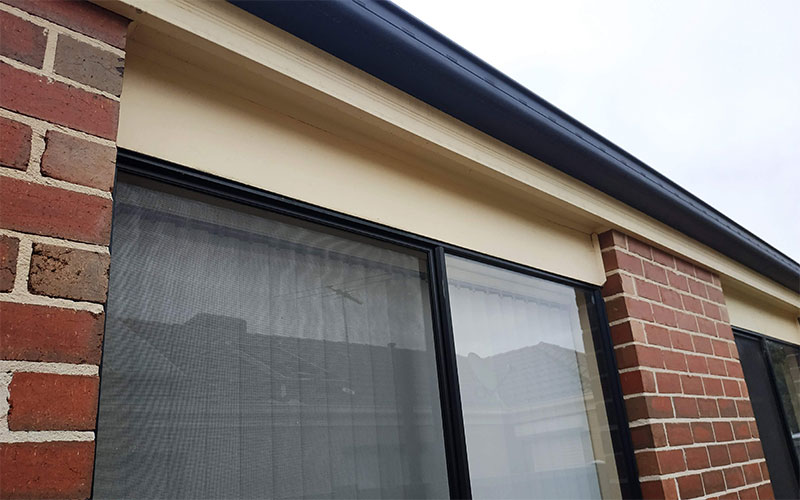
Timber Infill Panels
Lots of homes are made from wood, and so timber infill panels can seem like a natural go-to window infill option.
They are also another option for filling in the infill panel on a brick home as it can be easily cut to the right size, and is cheaper to install than cement and brick. And in terms of insulation, it can effectively keep both cold and hot weather out or in, thanks to the air pockets inside each piece of timber.
However, timber isn’t recommended for large infills, simply because it isn’t very strong. It can also expand and shrink over time, as it absorbs and releases water. This can then leave gaps in the infill, which will interfere with the insulation efficiency.
It also requires regular painting to keep it sealed and protected from weather, and even with proper maintenance and care, it can rot over time.
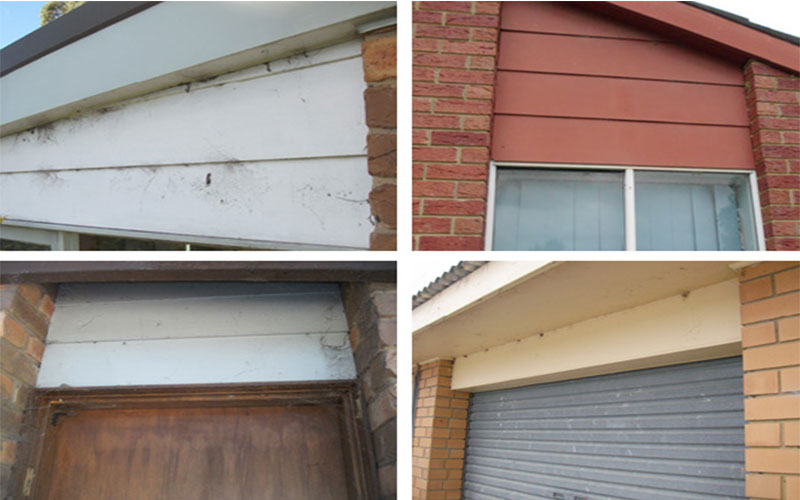
Windows that don’t require Infills
Not all windows require infills, some houses’s windows are built flush with the top of the brickwork. It is a very rare case to see one but they are built nonetheless.
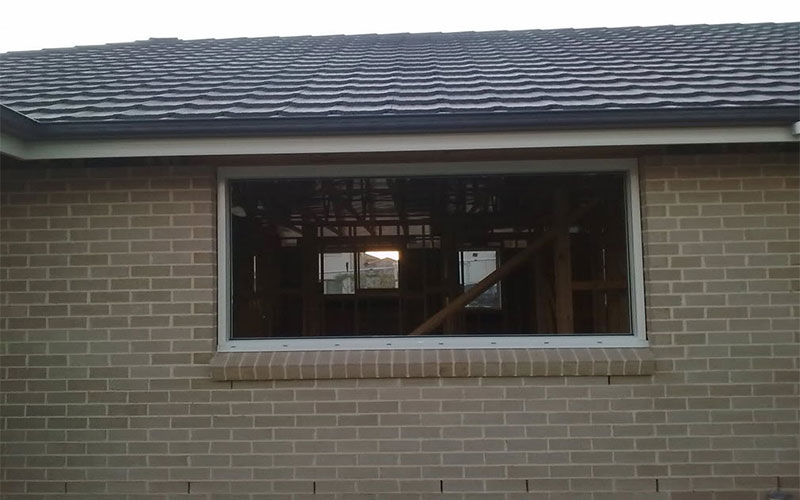
UPVC (Vinyl) Window Infill Panels
UPVC window infill panels are one of the best options for new homes in Australia, especially in the Victoria and Melbourne areas.
Vinyl is lightweight and therefore easy to install, saving you time and labour costs. It’s also a great insulator, and it’s hard wearing, so it will protect your home from the elements for many years to come.
UPVC is also super easy to maintain. In fact, you don’t really need to do anything to keep it in top condition. If it looks dirty at all, you can just give it a hose down with a standard garden hose. You can also choose many colours of vinyl cladding infill to better suit your home.
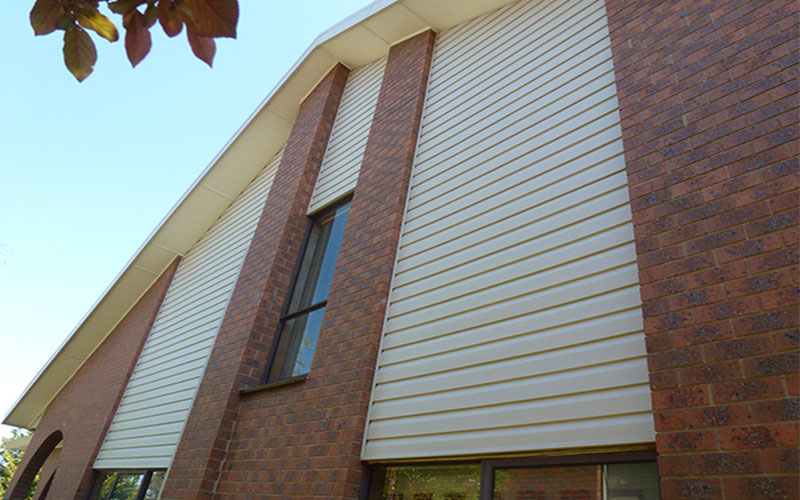
Why Choose Vinyl Cladding for Window Infill?
Out of all of the window infill options, the most practical, aesthetic and affordable option is to have UPVC window infill panels. Here are some of the benefits of UPVC window infill panels in more detail.
Vinyl is a great insulator.
UPVC panels are the best option for insulated window infill panels. This is because it’s made up of long chains of millions of atoms, which are all packed tightly together. The result is a solid barrier that doesn’t let heat or electrical current pass through.
Insulated vinyl cladding with a foam backing has a better insulation rating compared to fibro cement sheets or timber weatherboards. The insulation properties can be further increased by adding wall bats and foil sarking behind the infill.
So it’s effective when it comes to protecting your home from the outside elements. And there’s no risk of electrical current passing through the material.
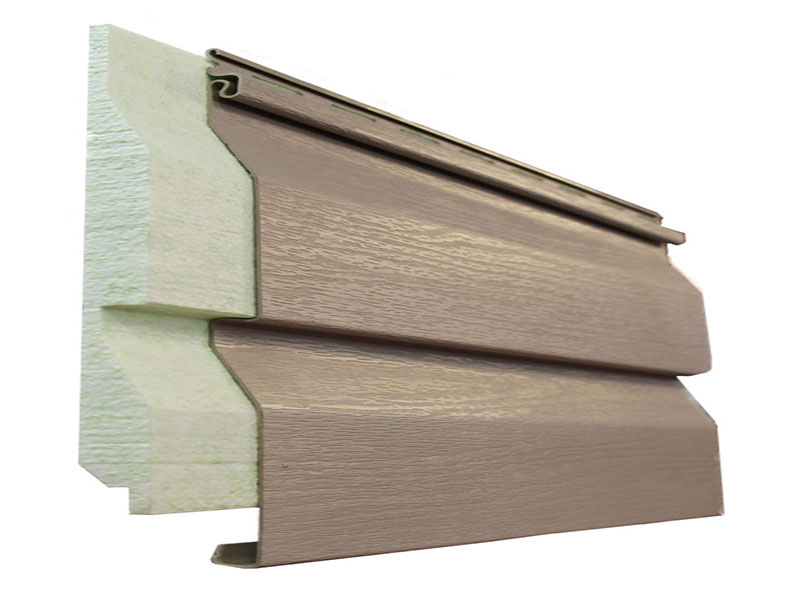
Save time and money on maintenance.
Many other coverings for window infill will require regular maintenance. For example, timber needs regular painting to make sure it stays sealed against weather.
But with vinyl infill cladding, you can pretty much forget about it once it’s been installed. Just leave it to do its job, and if you do want to clean it, you can easily do so with a garden hose. And even if you do decide to give it a clean, it’s not going to take you more than a few minutes.
You’ll save both time and money – no hours need to be dedicated to upkeep, and no money needs to be spent on maintenance products.
How to Install Vinyl Infill Cladding
Vinyl infill cladding is easy to install, thanks to the fact that it’s lightweight and easy to mould to the right shape and size. It can be attached to both horizontal and vertical structural members, so it’s a versatile window infill option.
However, whilst it’s a relatively simple installation process, it’s still best to work with a team of trained professionals. ProSide Select can install UPVC window infill panels in a few days, and will make sure panels are properly fitting, providing you with the best possible insulation.
Window Infill Covering Options
Window infills, especially large ones, aren’t always the most aesthetically pleasing addition to a home. This is why it’s best to find a way to make them a feature of your home rather than an eye sore.
Painting Window Infills
If you’re painting them, it’s a good idea to choose a colour that matches your guttering and fascia boards. This will give your home’s exterior a clear colour scheme, and the window infills will blend in smoothly with your home’s exterior.
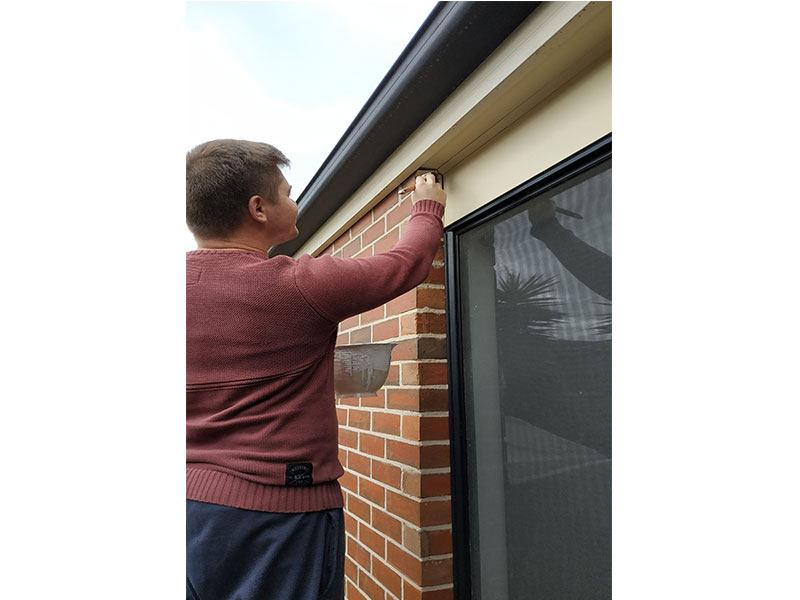
Layering Window Infill Panels
Another covering option that works well with large infills is to use more than one infill panel. Rather than having a solid block or sheet, you can overlap several different sheets. This can add more depth to your home’s exterior, and emphasise the window, rather than the infill. If your home has exterior cladding, it can also blend in with the vinyl sideboards.
Window Infill that needs to be fire-resistant
Living in a rural area has its benefits however especially in Victoria during Summer season temperature can reach almost 50 degrees Celsius and bush fires can be a worry too many. Having non-combustible cladding used on your house can help prevent your property going up in flames as well as what’s around you. That is also why ProSide Select stands by Vinyl Weatherboards, as they do not burn on their own, unlike wood and other building materials. Vinyl products in general are very slow to ignite and they self-extinguish as soon as the heat source is gone.
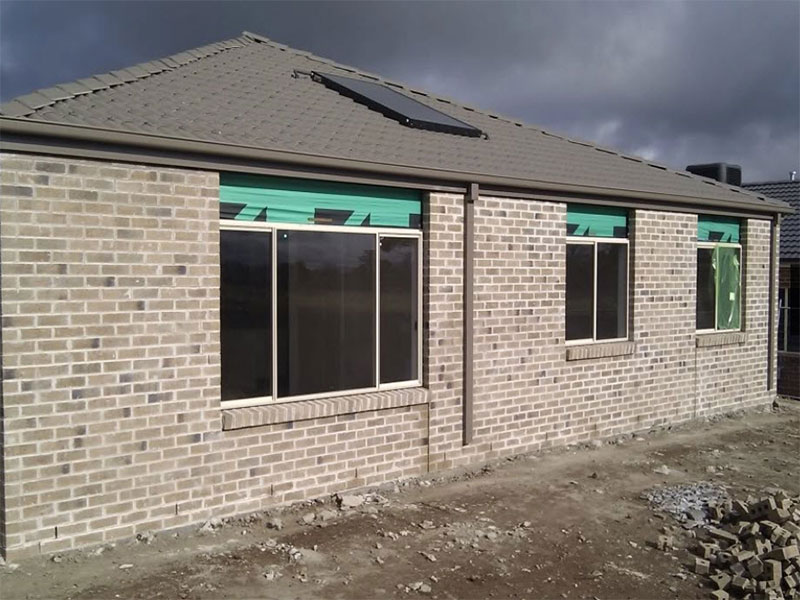
The Verdict
There are several different materials you can choose to cover your window infills, but we’d recommend opting for UPVC window infill panels. With vinyl cladding Melbourne, you really do get the best bang for your buck – it’s a great insulator, it looks modern, and it’s affordable not to mention if you live in a rural area, the material non combustible.
With UPVC window infill panels, there are also different ways you can cover infills and make them better blend in with your home’s appearance.
If you decide to go ahead and install vinyl infill panels, ProSide Select is here to help. We’ve been covering window infills for years, and we’ll always make sure your infills insulate effectively and look their best. If you have any questions, feel free to contact us for queries or quotes!
Get a Free No-Obligation Cladding Quote Now
Thinking of Cladding over infills? Complete the below form to discuss your project and get a free quote.

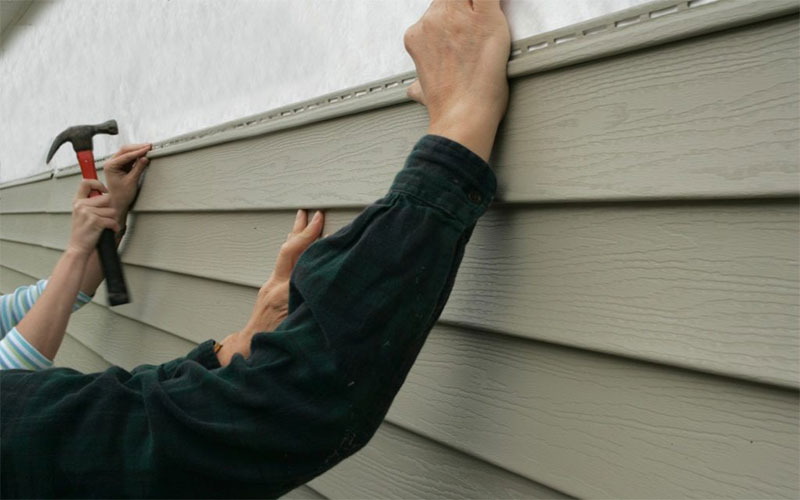
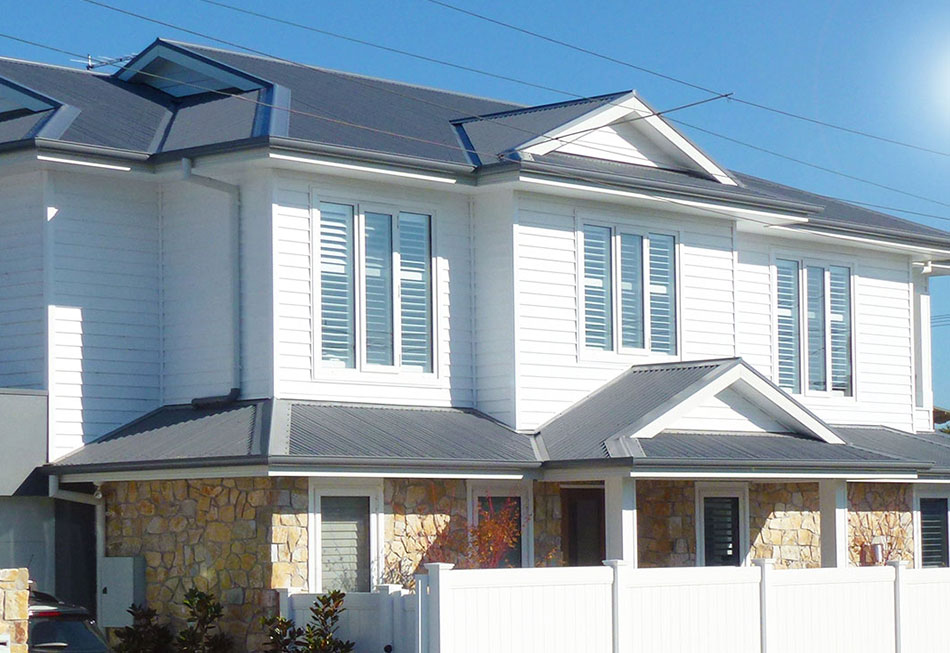
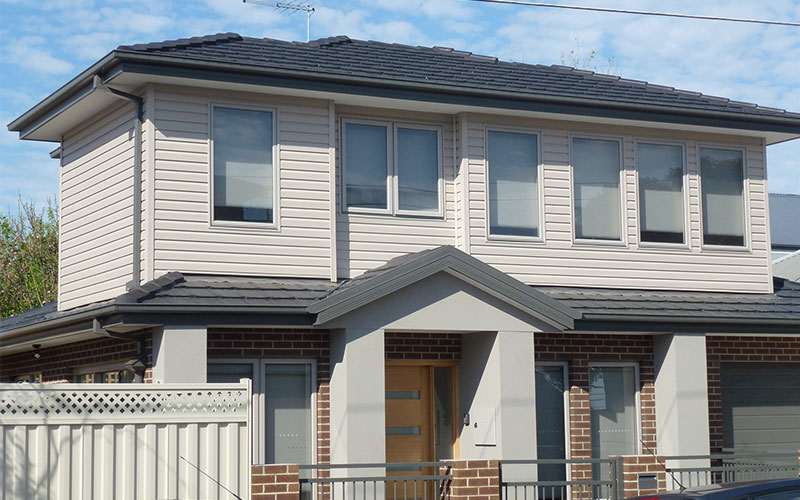
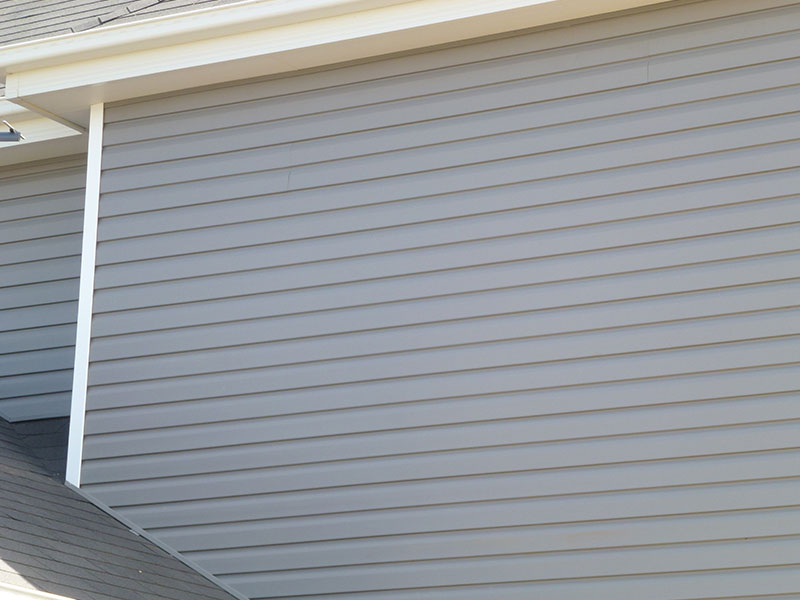
Hi, I am interested in the cladding that you have used for the gable in the above picture (Grey home). Thanks
Hi Raechel, I am not too sure which image you are referring to. Please send us an email at sales@prosideselect.com.au or call 1800 129 129 so we can assist you.